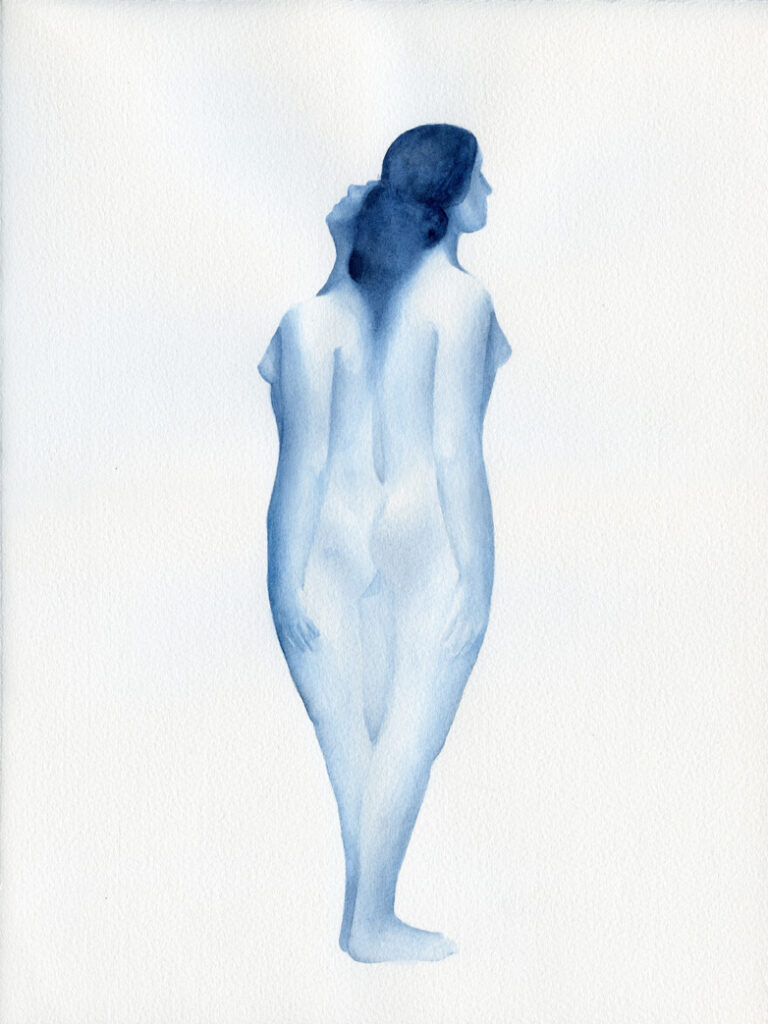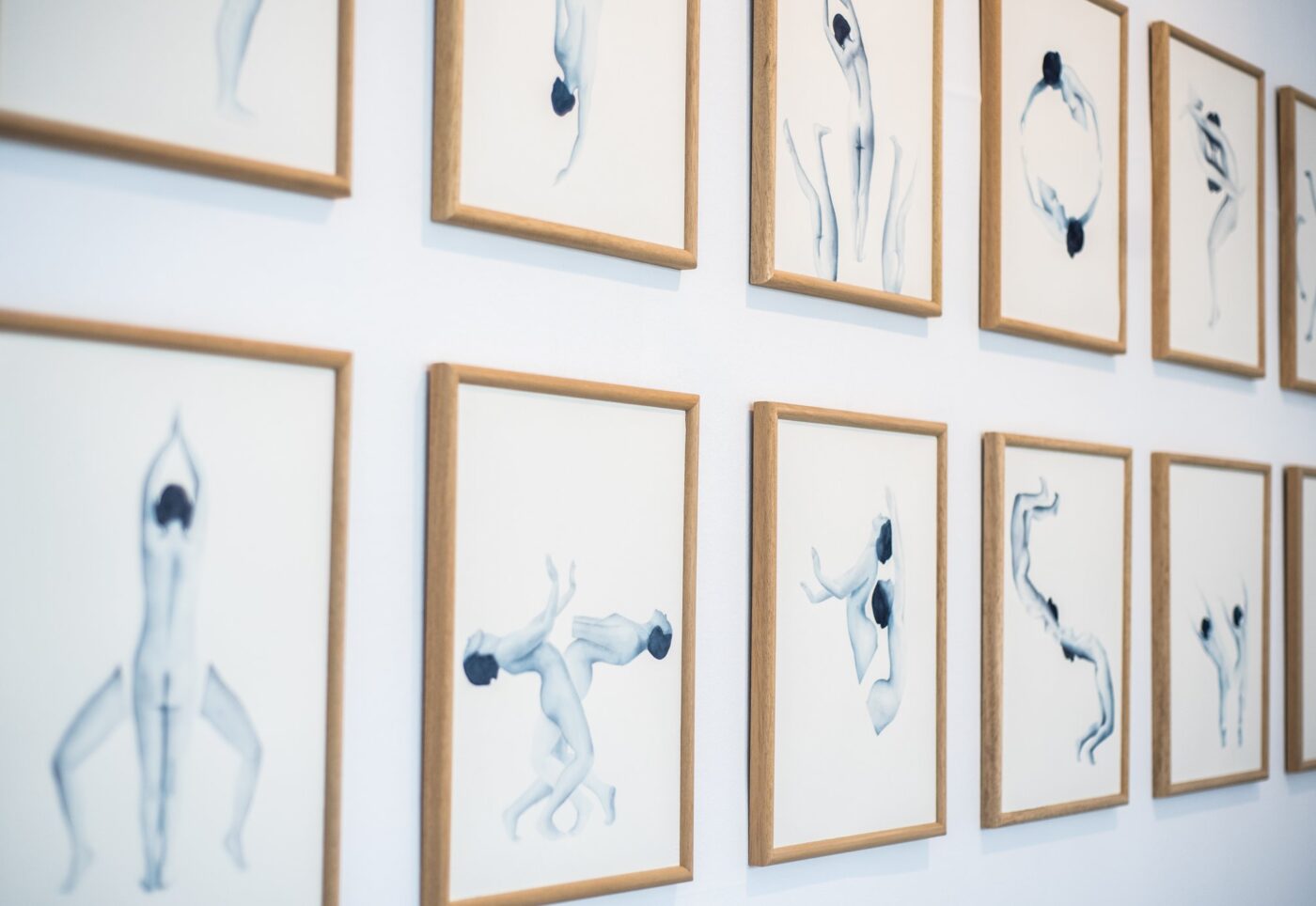
The inspiration for this work was the training manual with exercises for women from 1925 entitled “Culture of the female body”. This small book contains a series of photos with the subsequent phases of the exercises and their brief description. The way the exercises are presented resemble more artistic nude photography or ancient greek sculptures, probably hence the interwar period body cult. In “The Culture of the Female Body”, aesthetics seems to be more important than the purpose of the manual. As in culture, a beautiful body seems to be more important than emotions and sensitivity.The culture tries to ignore the body when it’s reflecting what’s emotional and spiritual. Body language informs about unconscious emotions, the reaction occur as an accelerated heart rate, a feeling of inertia, but also a pain.The cultural body is a silent one or rather unheard body. In the pictorial collage, I cut the body into quarters. I can’t touch myself, I’m deprived of legs and arms.
Inspiracją dla tej pracy był instruktaż ćwiczeń dla kobiet z 1925 roku pt. „Kultura ciała kobiecego”. Ta niewielkich rozmiarów książeczka zawiera serię zdjęć z kolejnymi fazami ćwiczeń oraz ich krótki opis. Sposób ich przedstawienia bardziej przypomina zdjęcia artystycznych aktów lub greckich rzeźb, tutaj prawdopodobnie wynikał z międzywojennego kultu ciała. W „Kulturze ciała kobiecego” ważniejsza wydaje się estetyka niż cel powstania fotografii. Tak jak w kulturze piękne ciało wydaje się ważniejsze niż emocje i wrażliwość. Kultura stara się ignorować ciało kiedy ucieleśnia ono to, co emocjonalne i duchowe. Język ciała informuje o często nieświadomych emocjach, reakcją może być przyspieszone tętno, uczucie bezwładu, ale i ból. Ciało kulturalne to ciało nieme, a raczej niewysłuchane. W malarskim kolażu ćwiartuję ciało. Nie mogę się dotknąć, pozbawiona nóg i rąk.
Body Culture. Part I
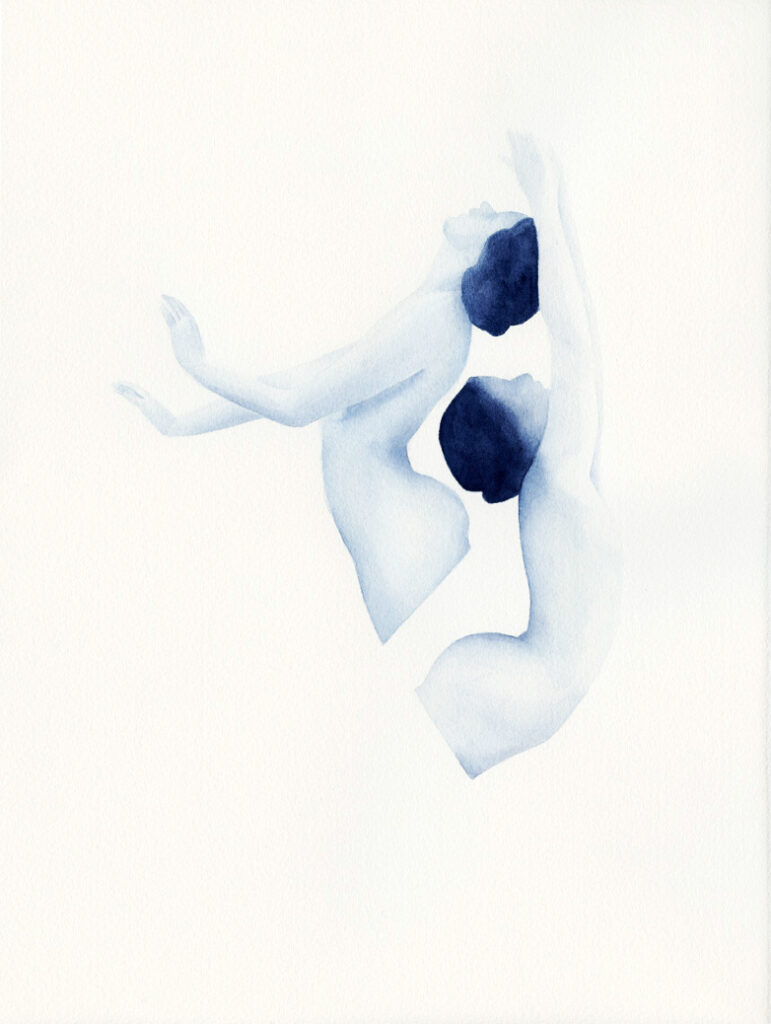
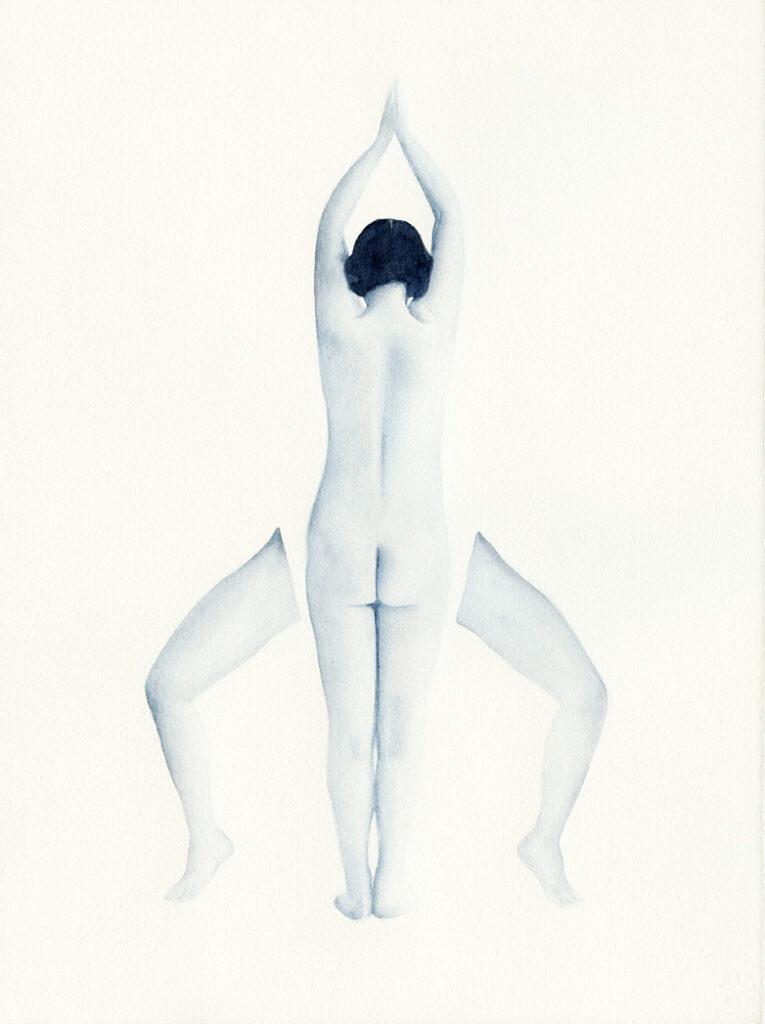


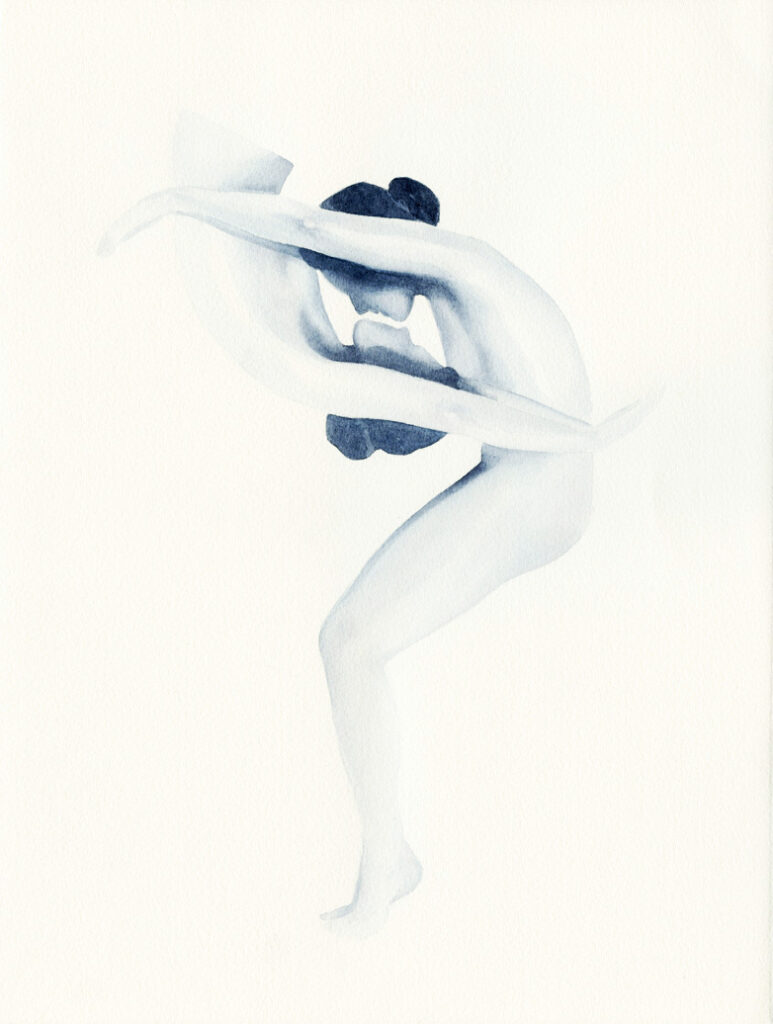
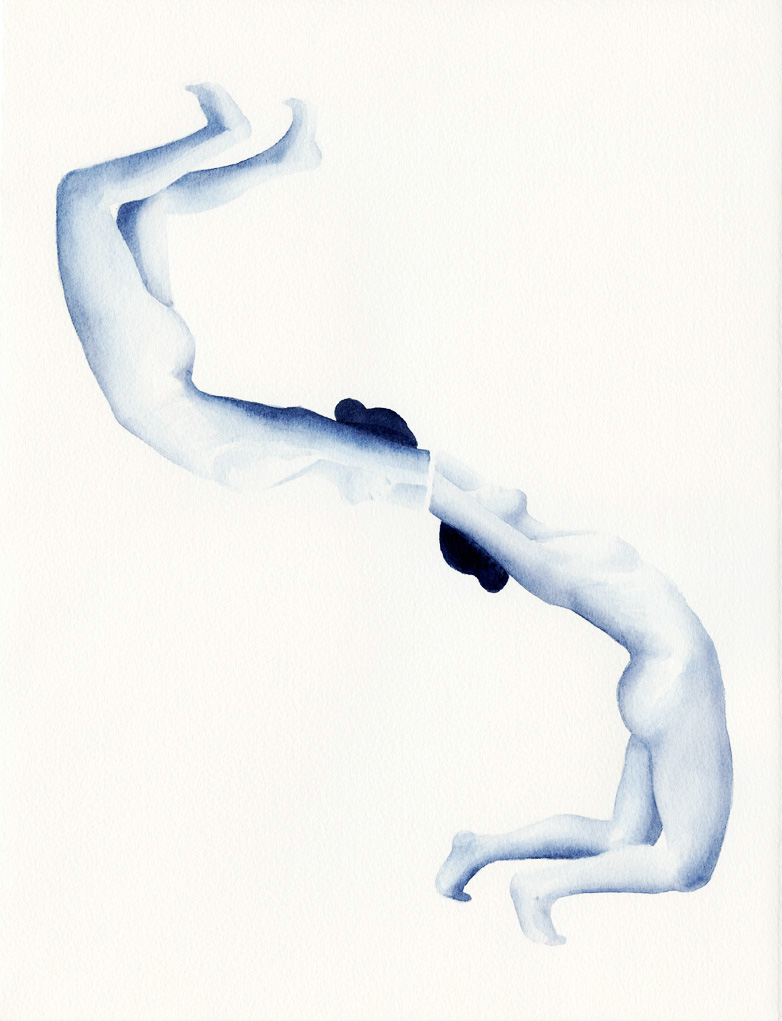
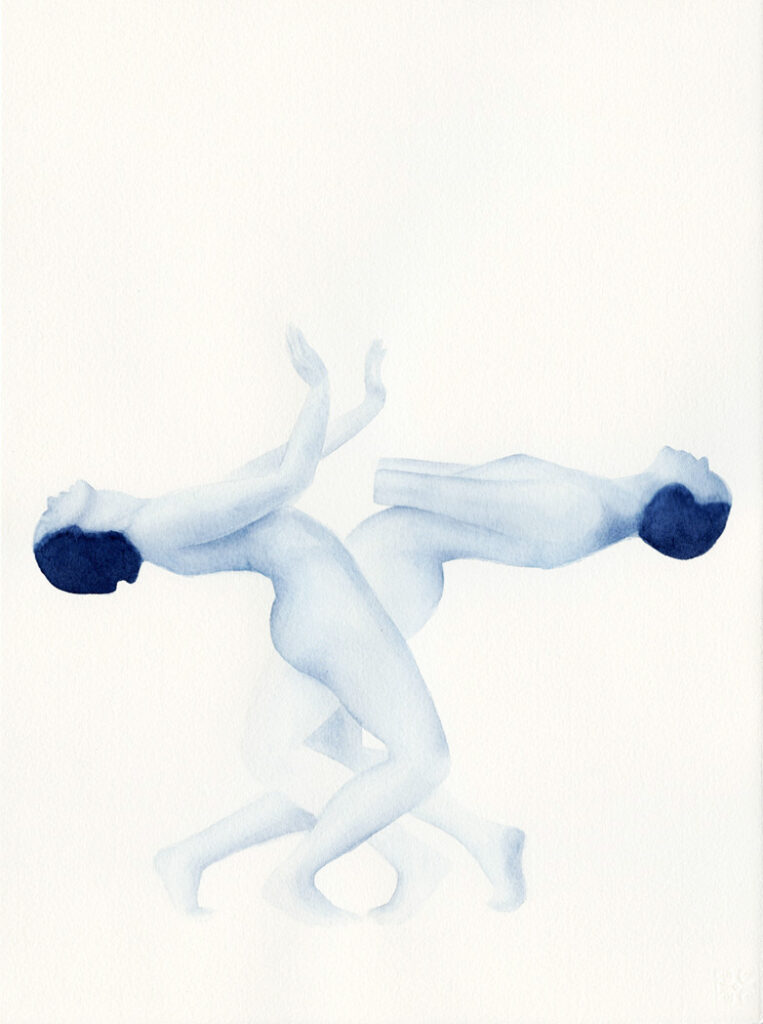
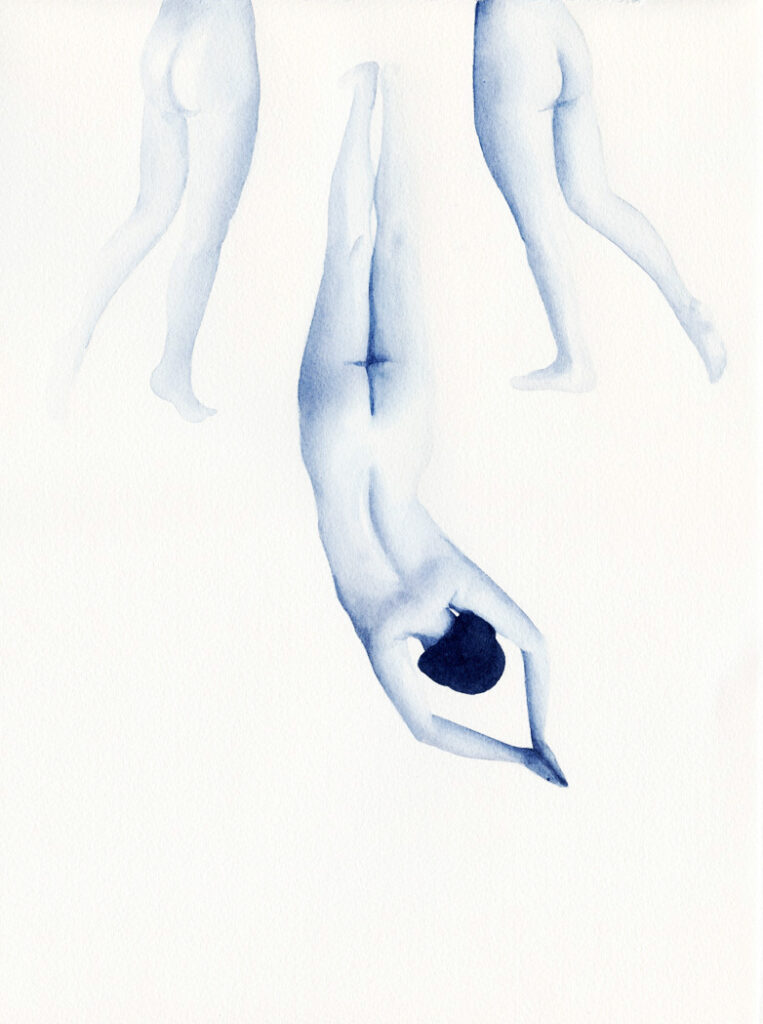
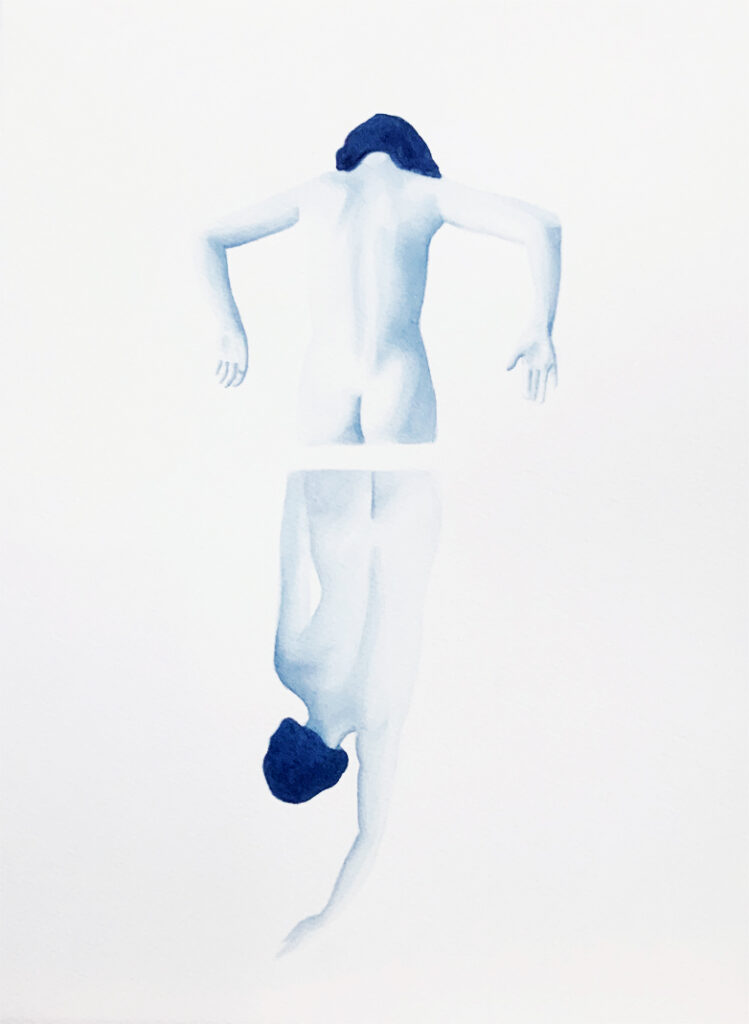
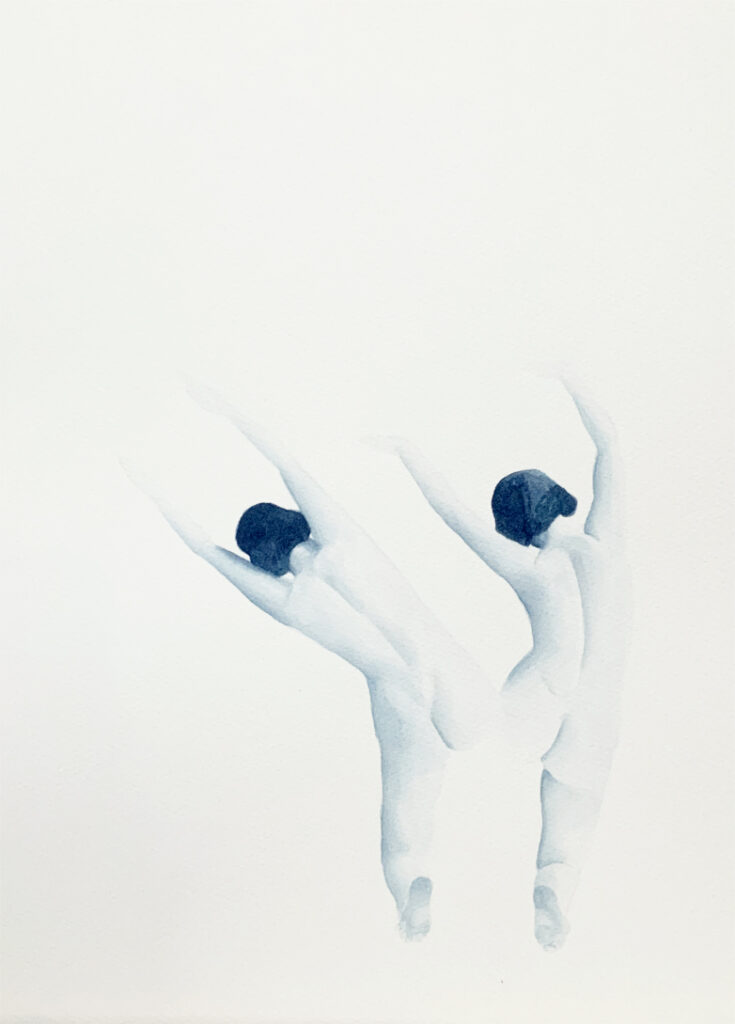
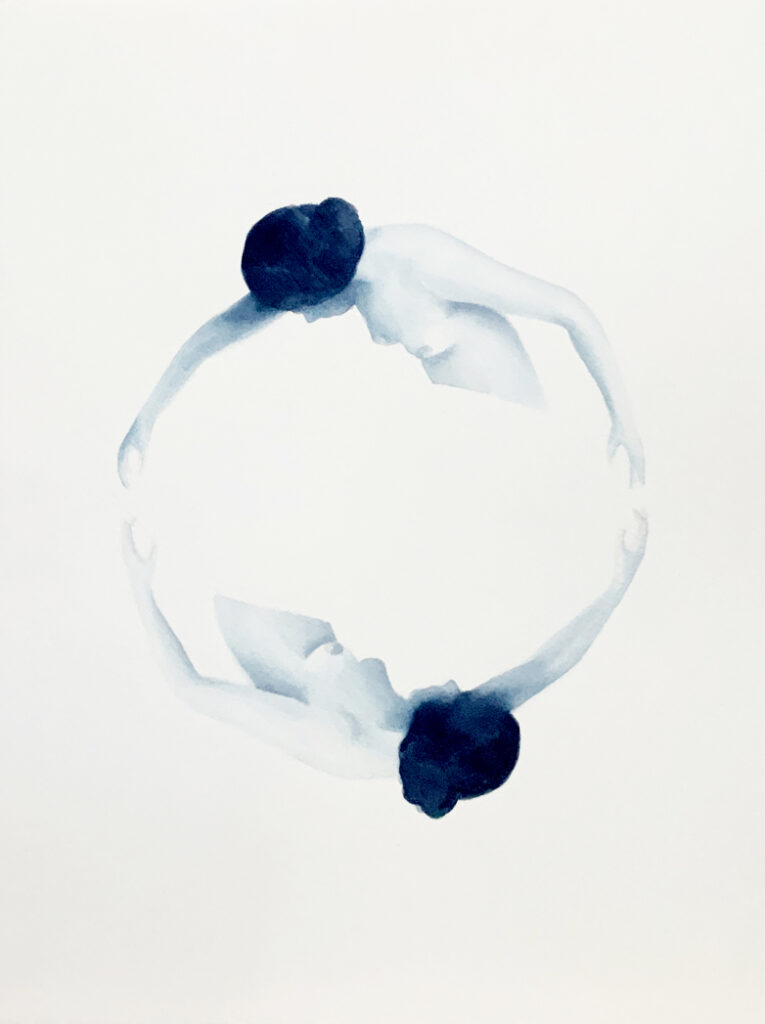
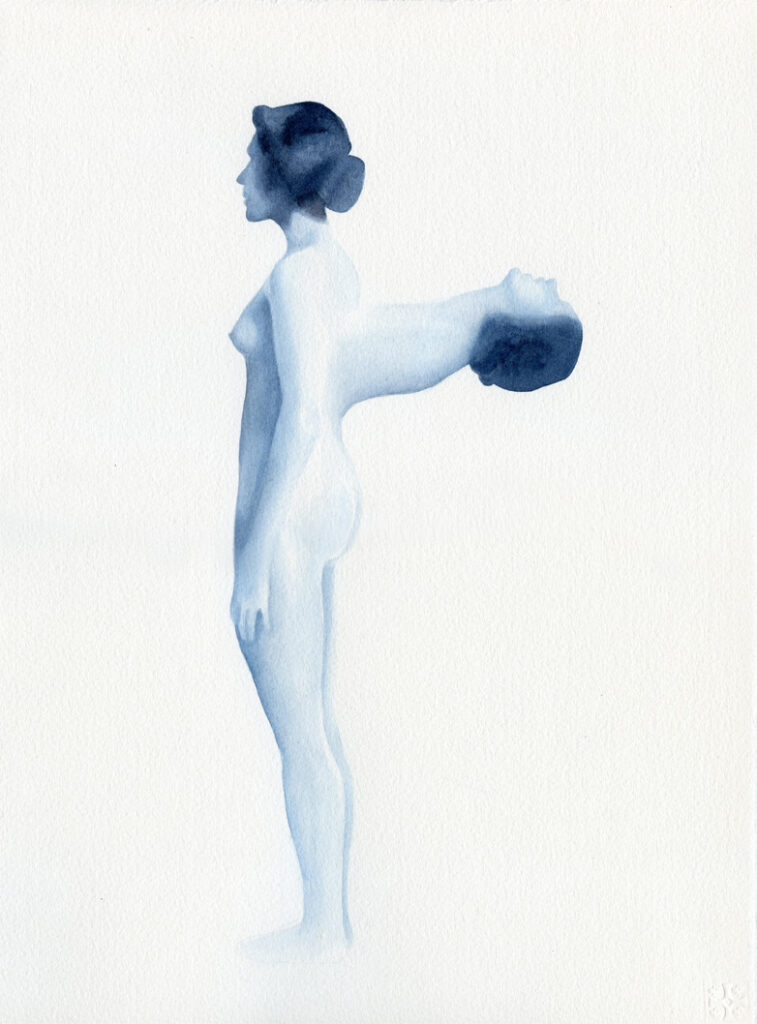
Body Culture. Part II
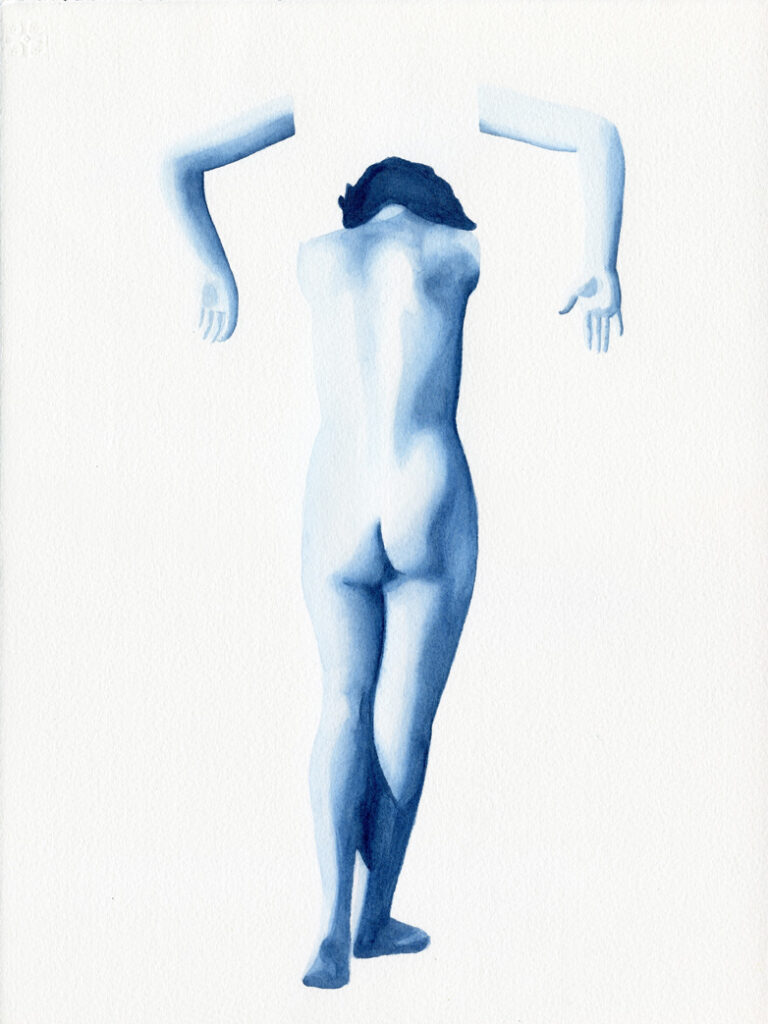
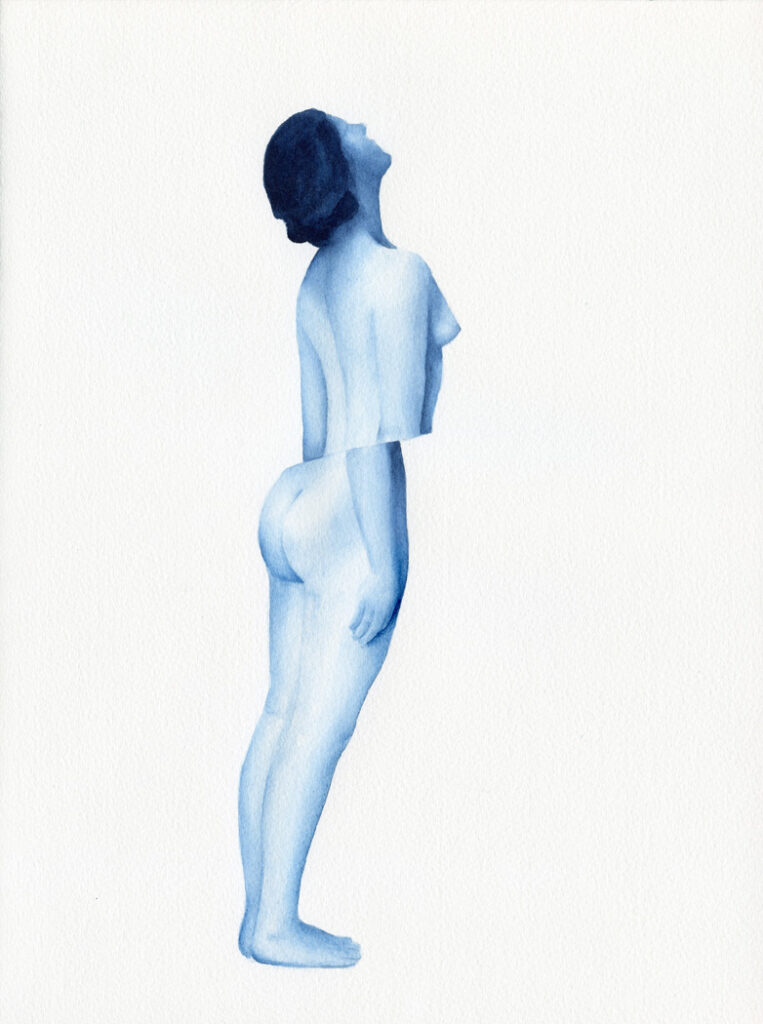
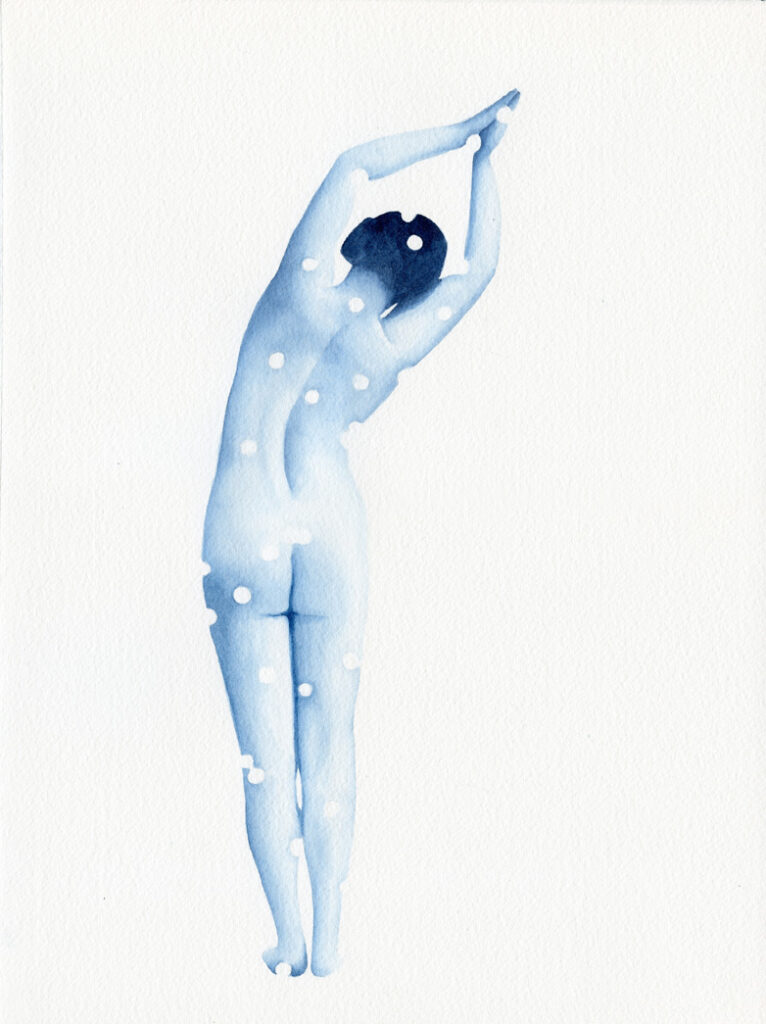

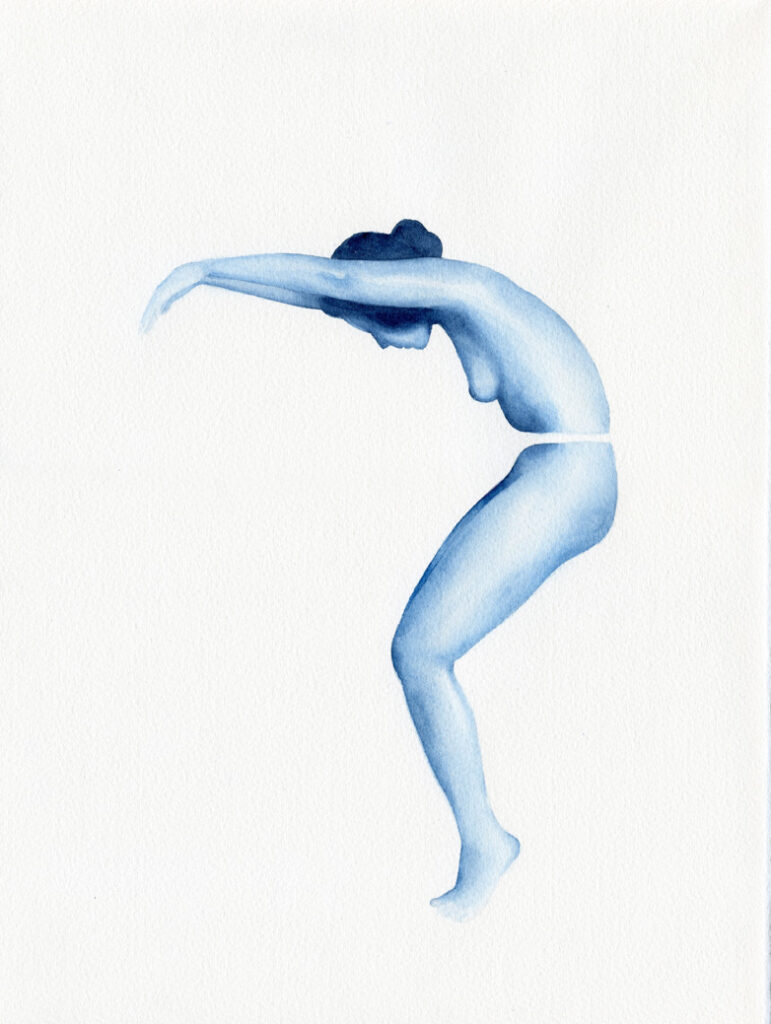
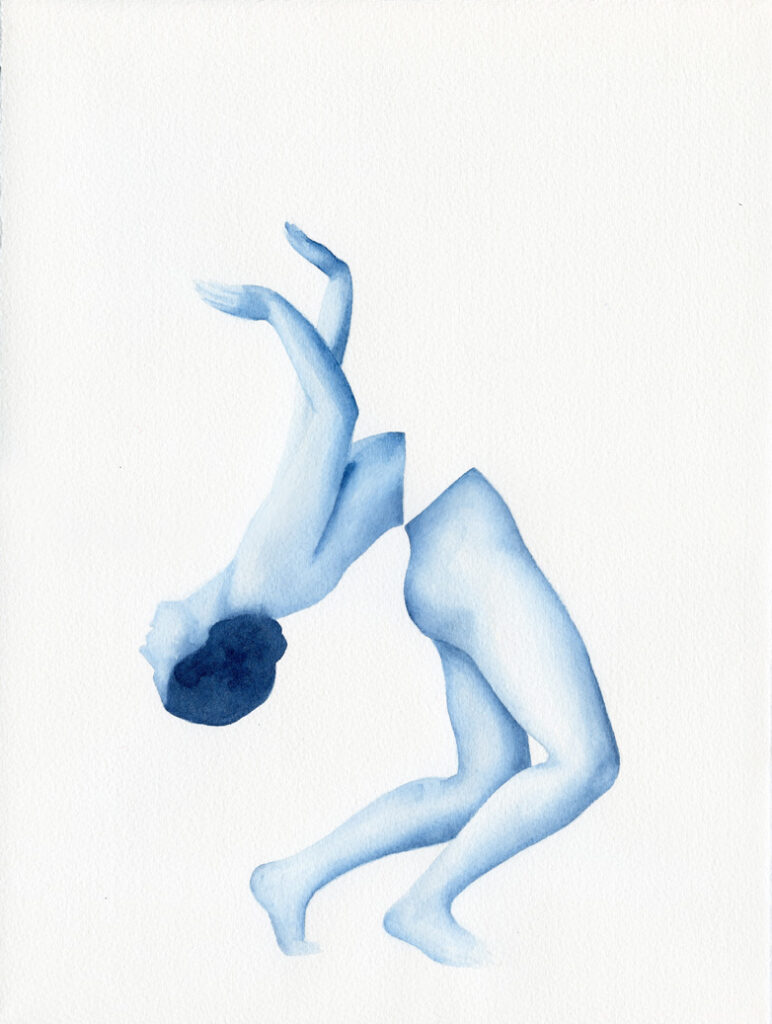
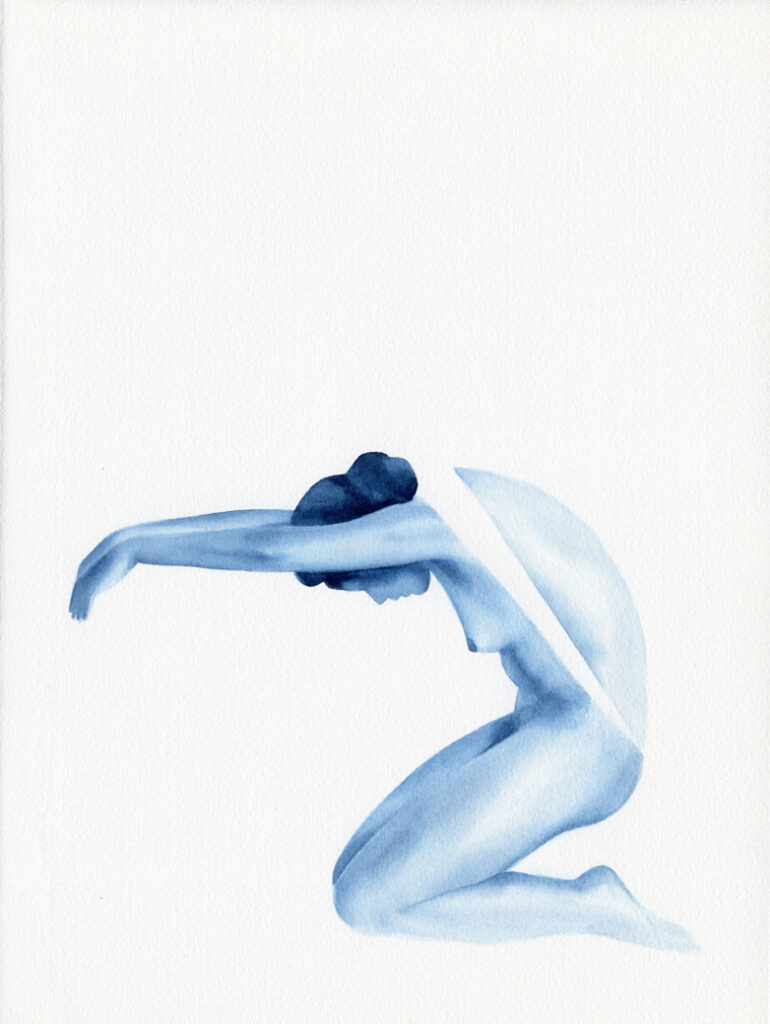
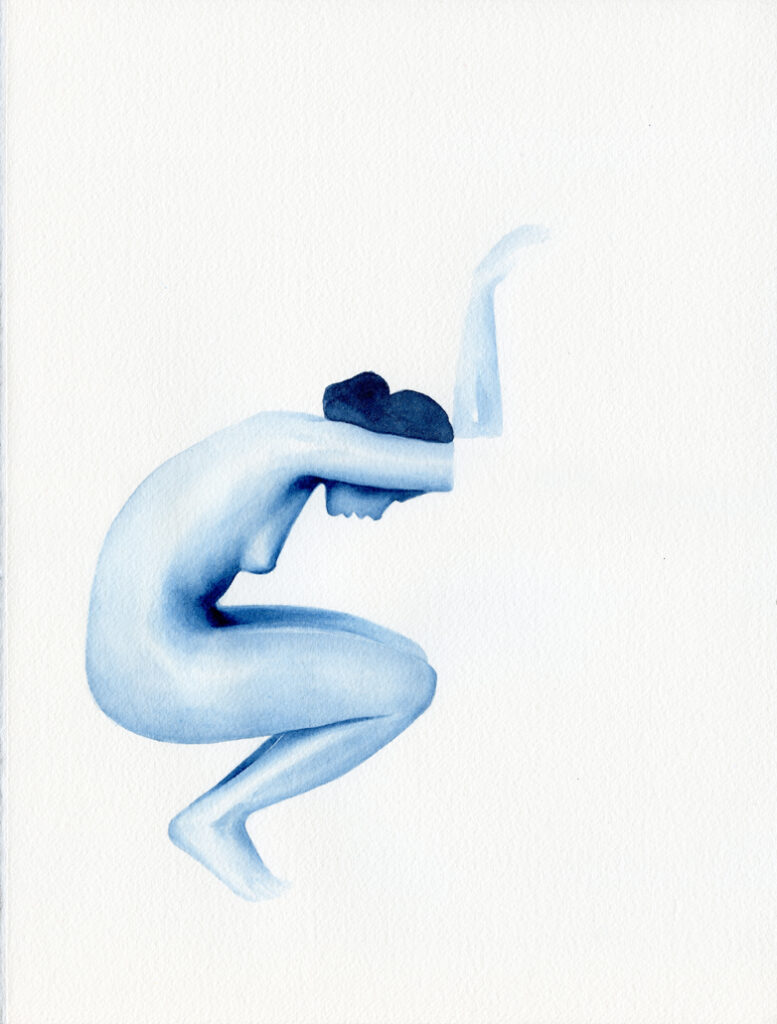
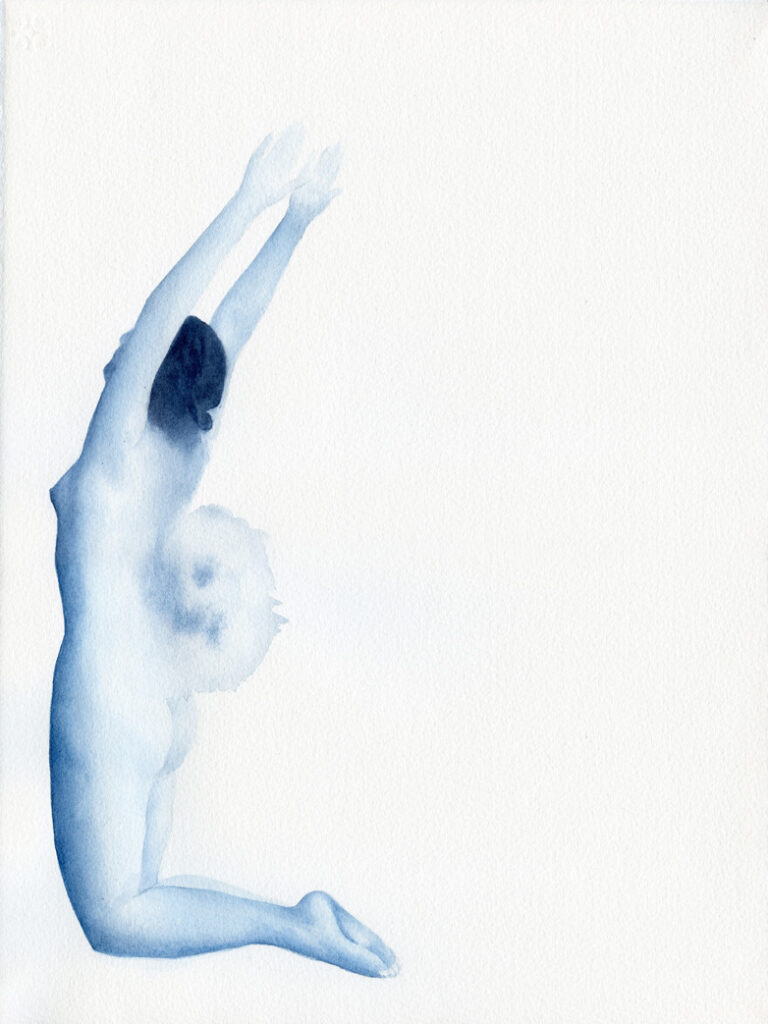
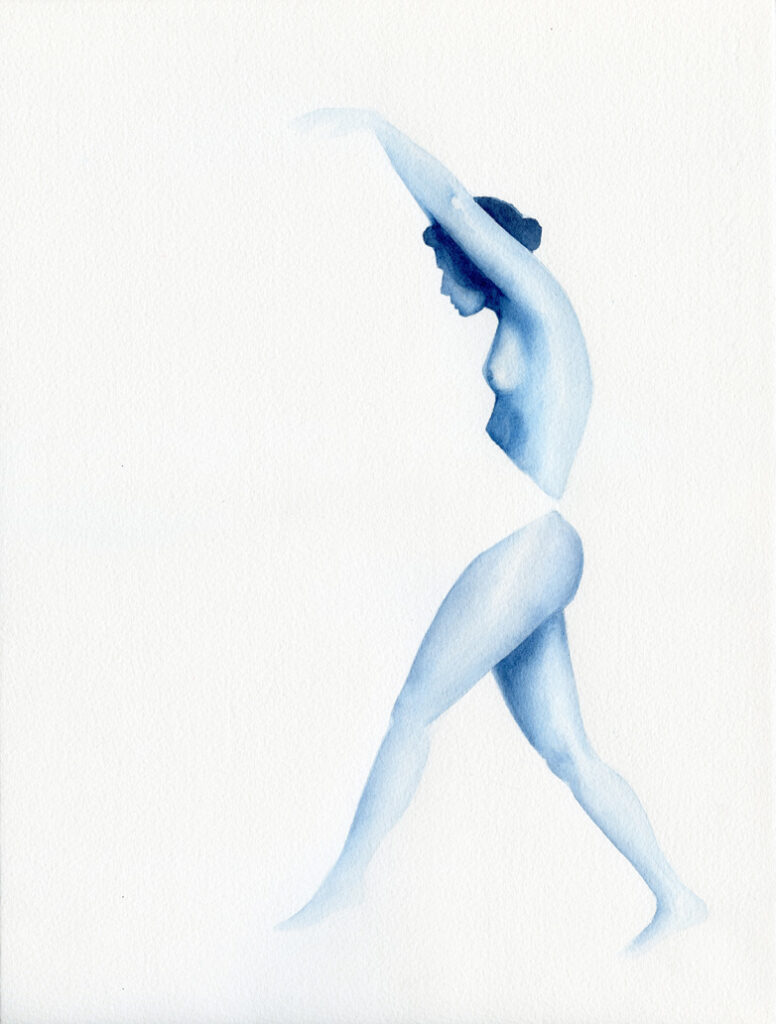
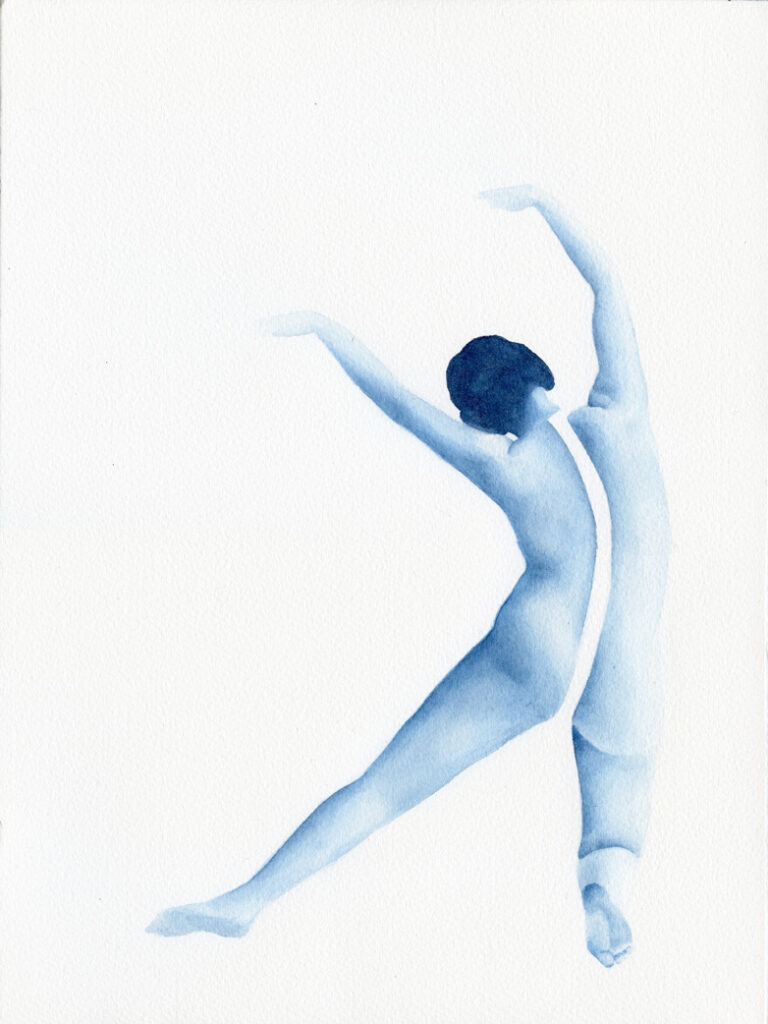
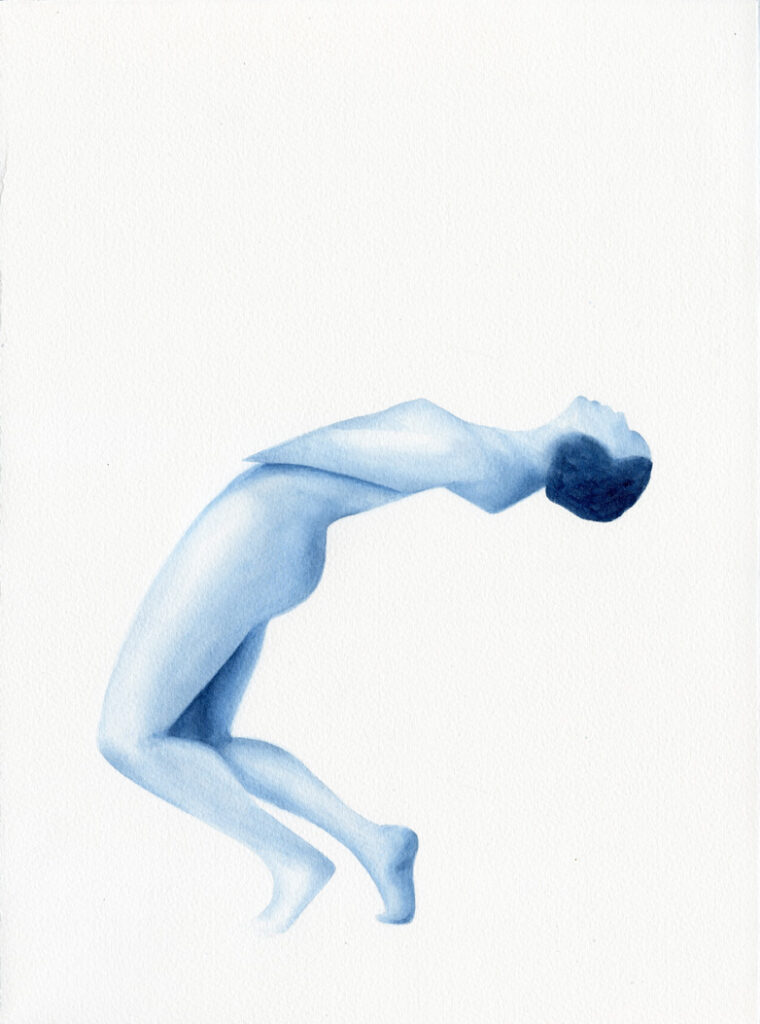
Body Culture. Part III (symbiosis)
